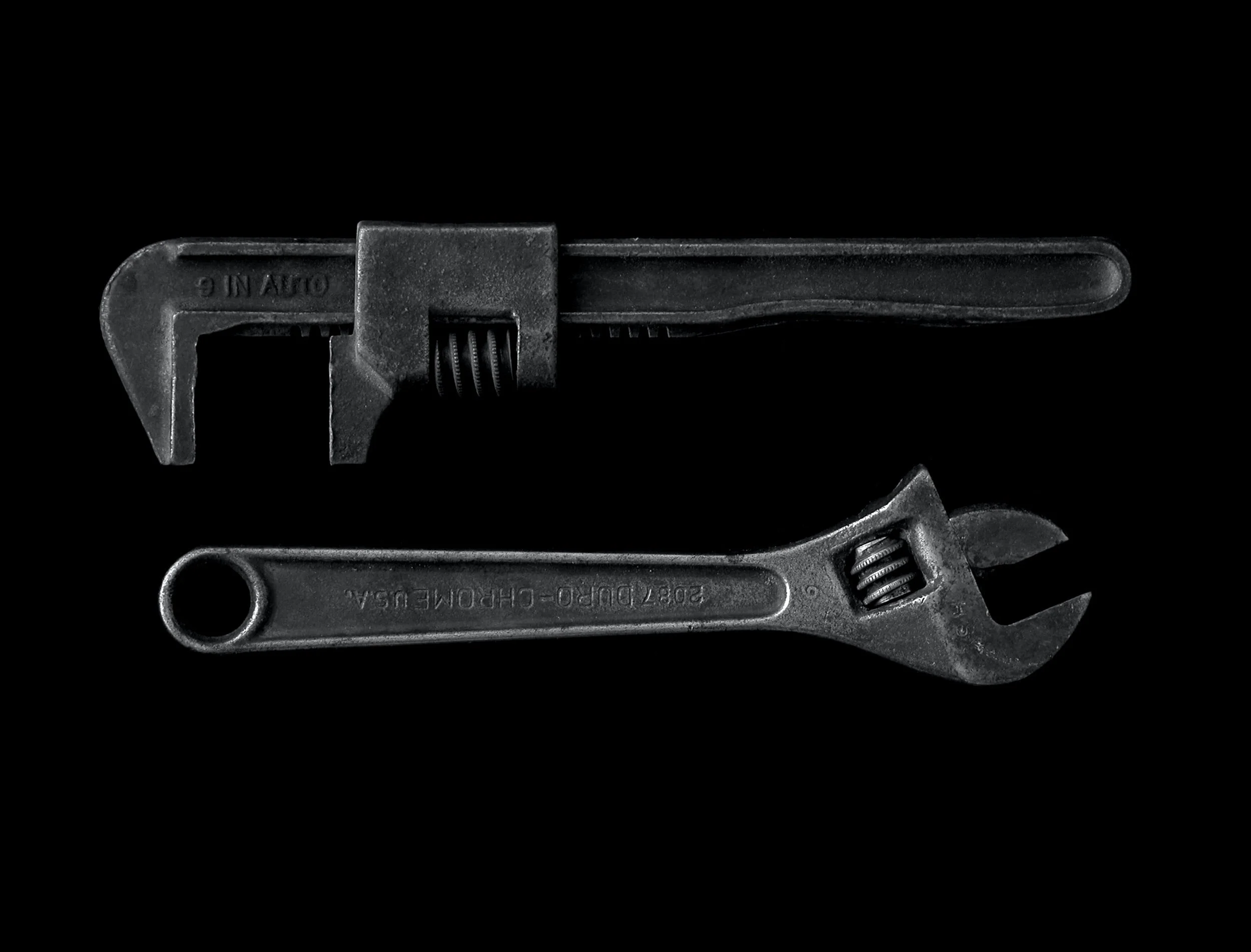In this audio presentation, combined with videos as visual aids, I outline the nature and importance of technical development and changing movement patterns in strength training. Re-patterning work doesn’t have to look like banded physiotherapy exercises, dislocated from the actual strength work you wish to change. Repatterining and technical development can (and should) be integrated into strength work. The purpose of this content is to help you choose the right tools for the job.
Content:
Why address technique and repatterning?
What are compensation patterns, why are they there, and are they a problem?
Looking in detail at the weighted chin-up
Major compensation patterns in weighted chin-up and why they occur
Hip flexion
Spinal flexion
Scapular elevation
Some compensation in high bar back squat and how technique adjustments can be risky
The risk of changing technique too abruptly without proper preparation and adaptation
Why forcing technique under near-maximal, maximal, or super-maximal loads isn’t smart.
The advantage of sub-maximal loads
Why experience with a technical pattern matters: beginner vs. experienced
Major compensation patterns in HSPU and why they occur
Spinal extension
Scapular elevation
Humeral rotation
Comparing two workout structures
The pros and cons of 5 x 5/6 on 5m rest vs. 10 x 2/3 on 2m rest
Evidence and reasoning for 10 x 2 as superior for technical strength work
The pros and cons of working sub-maximally.
Once again, this audio file is meant to be coherent independent of the videos. That way you can listen to it without looking at a screen or holding your device. But the videos are useful visual aids. So I recommend taking a look at the videos at some point, as they will only enrich your understanding of my referencers in the audio.
Thanks to you all. Hope you’re doing well this season.
Devin
